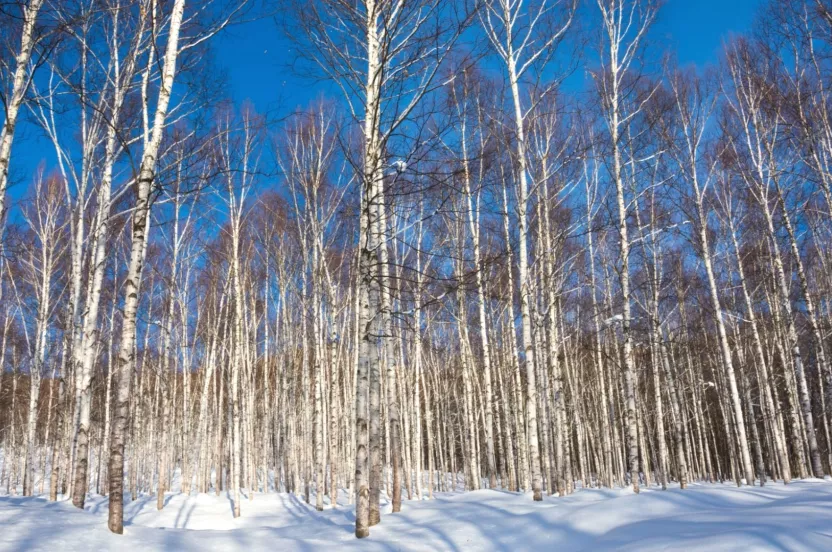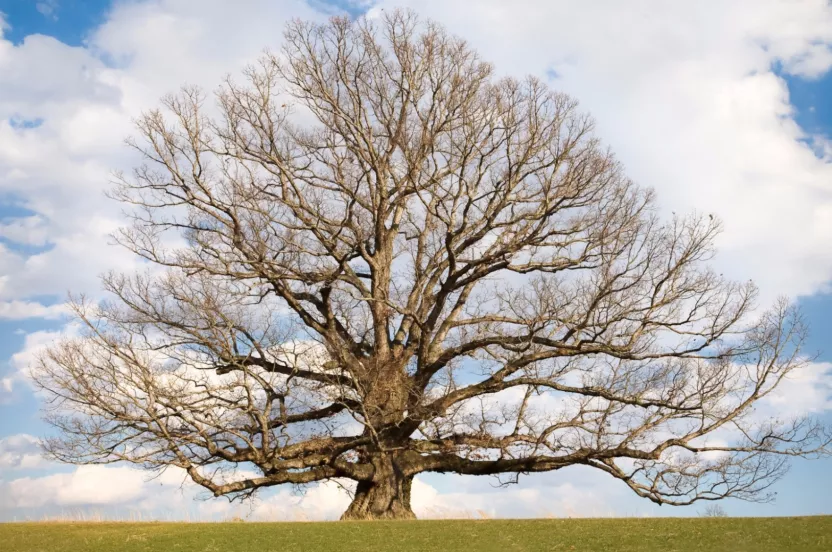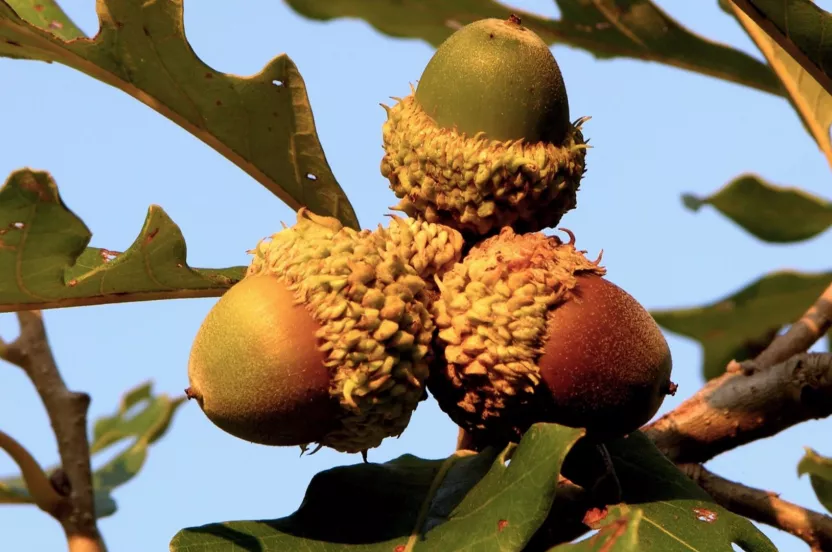The Arbor Day Foundation is pledging 10 million trees to areas impacted by hurricanes Helene, Milton Help us replant
Malus ‘Snowdrift’
Popular for its attractive looks and crisp fruits, the Snowdrift crabapple offers fragrant blossoms in the spring and tart crabapples in the fall. Best used for baking and other culinary uses, crabapples are a smaller counterpart to their medium size cultivar, the apple. This tree is even more appealing in urban and home landscapes because of its adaptation to compact soils.
Here are a few things to note if you’re considering adding it to your tree family.
Environmental Conditions:
- Grows well in acidic, clay, loamy, moist, rich, sandy, silty loam and well drained soils (hardiness zones 4-8).
- Medium growing tree, growing one to two feet a year and reaching 15-20 feet at maturity.
- Prefers full sun, at least six hours of direct sunlight every day.
- NOTE: This tree is fairly susceptible to disease. Do not over-fertilize, this could increase its chances of disease.
Physical Attributes:
- Redbuds turn into white, fragrant, blossoms in the spring with glossy, deep green leaves.
- Produces a small orange-red crabapple in the fall. It is a sell pollinator so you won’t need a second tree. NOTE: Some Crabapples are alternate bearers, blooming heavily every other year.
- Has a well formed rounded canopy, making it an attractive landscape tree.
Tag us in a photo with your Snowdrift crabapple.





